33 Compact Classic Cars From Europe
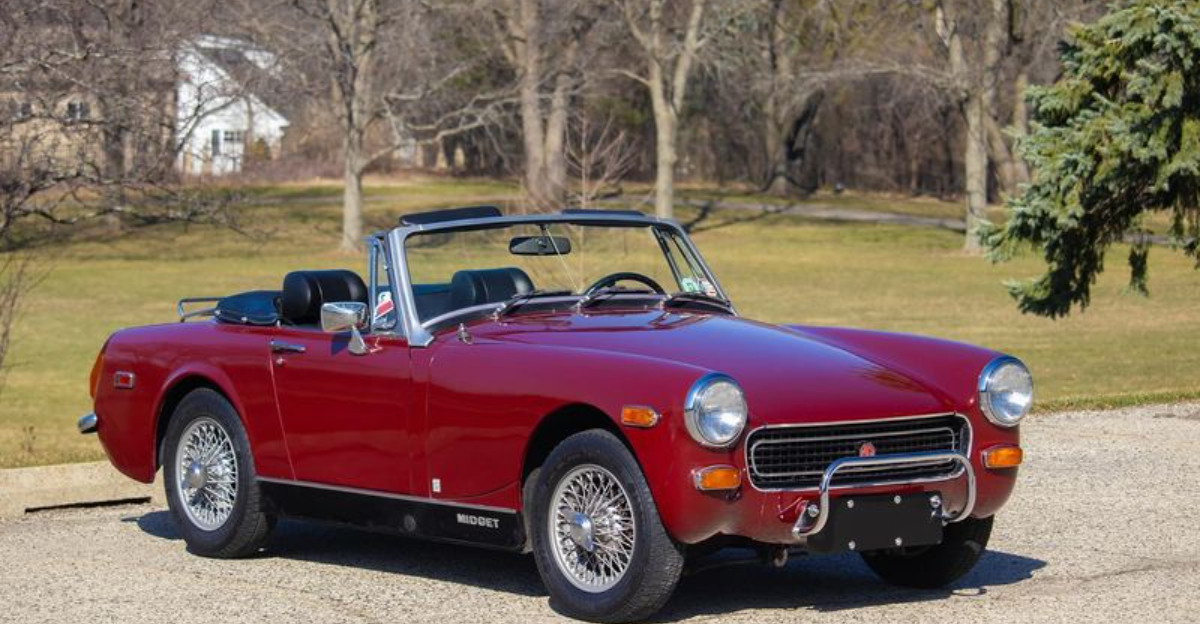
Small but mighty, European compact classics pack a surprising punch.
These pint-sized powerhouses combine timeless style with agile handling, proving that good things really do come in small packages.
Every curve and detail tells a story of craftsmanship and driving passion, making these little legends impossible to ignore on winding roads or city streets.
They may be compact, but their impact on car culture is huge and unforgettable.
1. Mini Cooper (original)
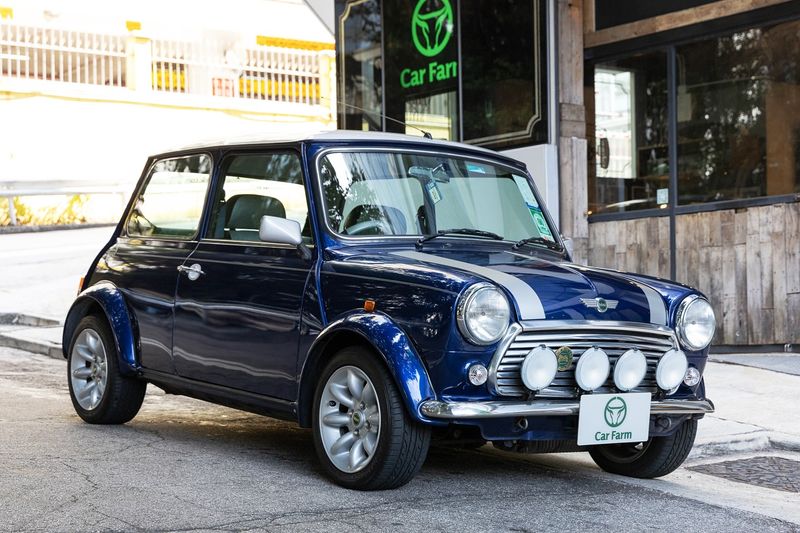
Revolutionary doesn’t begin to describe Sir Alec Issigonis’s 1959 masterpiece.
The original Mini turned the automotive world upside down with its transverse engine and front-wheel drive layout, creating shocking interior space in a car barely 10 feet long.
During the Swinging Sixties, no vehicle better represented Britain’s cultural renaissance.
Celebrities adored them, racers modified them, and ordinary folks could actually afford them. Its cheeky character remains unmatched to this day.
2. Fiat 500
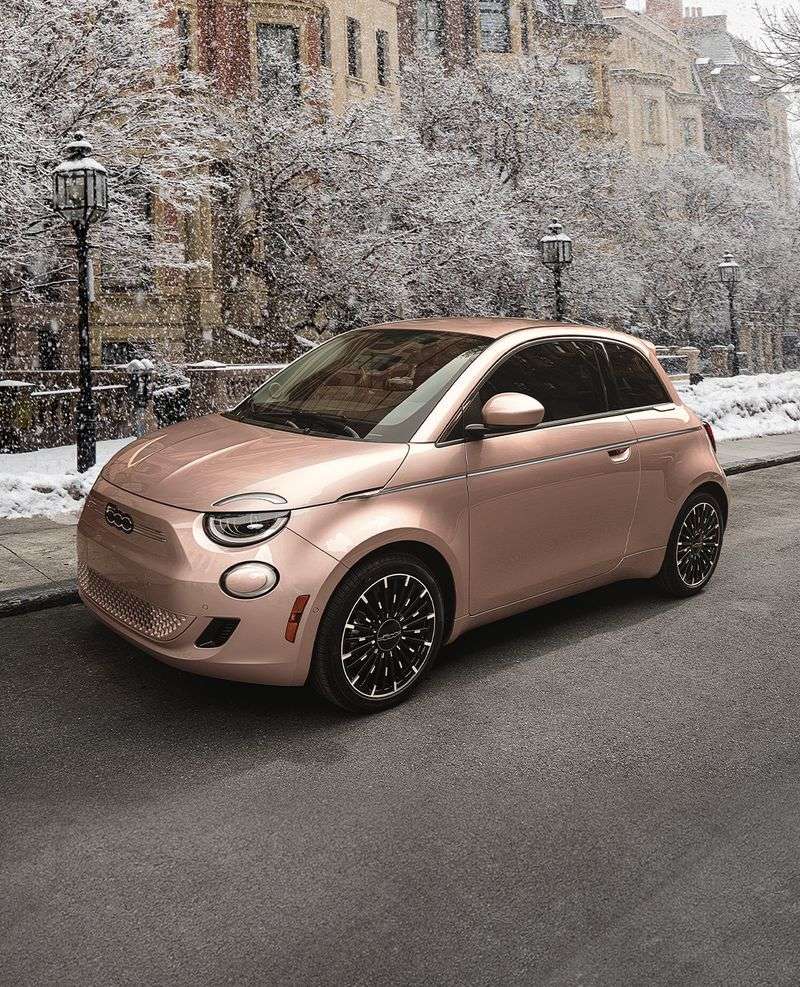
Affectionately nicknamed ‘Cinquecento,’ this Italian microcar saved post-war Italy with its affordable charm.
Launched in 1957 as the Nuova 500, it measured just under 10 feet and packed a tiny rear-mounted engine that sounded like an enthusiastic sewing machine.
Navigating Rome’s ancient streets became an art form in these diminutive bubbles.
Despite producing only 13 horsepower, the 500’s spirited personality won hearts worldwide, cementing its status as Italy’s automotive mascot.
3. Fiat 600
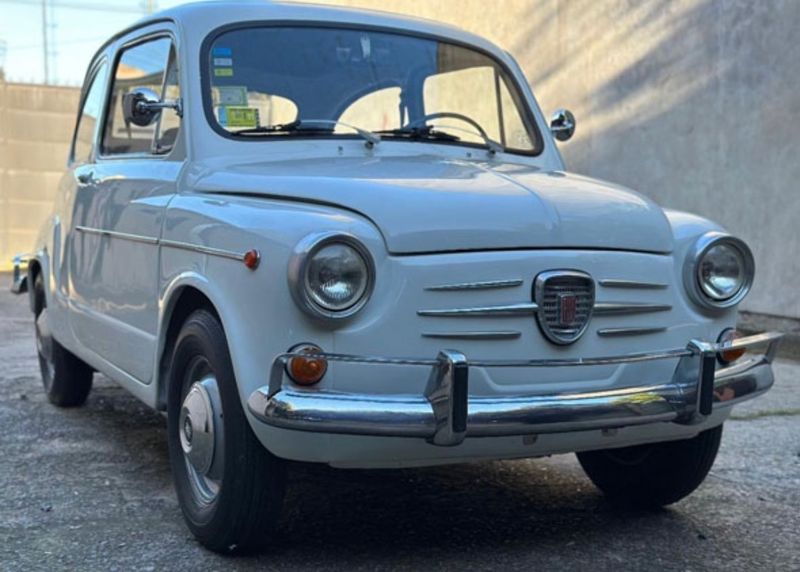
Before its smaller sibling stole the spotlight, the 600 kickstarted Italy’s love affair with tiny cars in 1955.
Slightly pudgier than the 500, this water-cooled wonder housed four people (somewhat comfortably) and introduced many Italians to the joy of car ownership.
Dante Giacosa’s design proved so versatile that it spawned the Multipla variant—essentially a miniature minivan decades ahead of its time.
With suicide doors and a face only a mother could love, the 600 exuded quirky confidence.
4. Citroën 2CV

Farmers rejoiced when Citroën unveiled this agricultural marvel in 1948.
Originally designed to carry two peasants, 50kg of farm goods, and a basket of eggs across a plowed field without breaking a single shell—the 2CV delivered on its humble promises.
The canvas roof rolled back for oversized cargo, while the suspension seemed designed by a drunken sailor.
Horsepower? Almost nonexistent. Character? Absolutely limitless. French students, artists, and philosophers embraced its minimalist philosophy for over four decades.
5. Renault 4

France’s answer to practical transportation arrived in 1961 with this boxy little wonder.
Unlike its quirky countryman the 2CV, the R4 offered almost conventional looks wrapped around revolutionary front-wheel drive and a fifth door—essentially inventing the modern hatchback format.
Over eight million examples found homes across six continents. Farmers, delivery drivers, and young families all appreciated its go-anywhere attitude and indestructible nature.
The Safari version with its extended rear became the ultimate budget adventure vehicle.
6. Renault 5
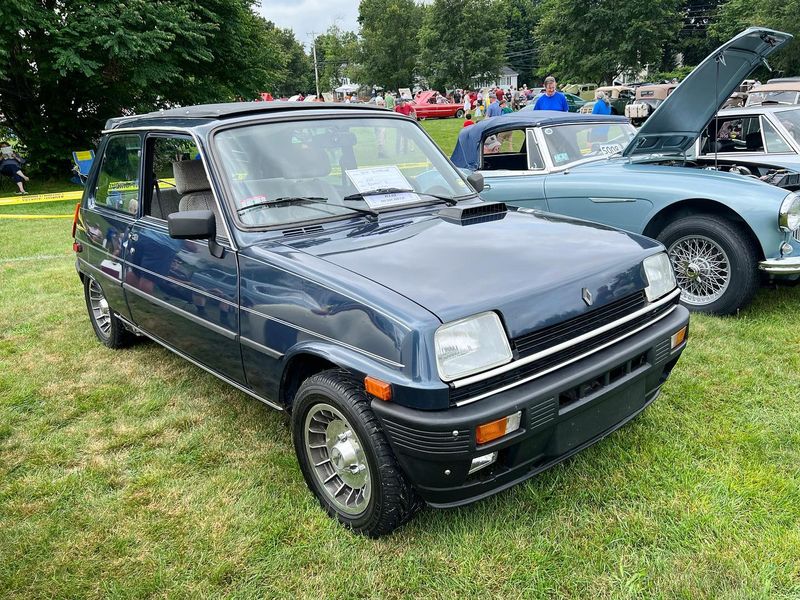
Funky, fresh, and fantastically French—the R5 burst onto the scene in 1972 as Europe’s stylish urban runabout.
Designer Michel Boué sketched it in his spare time, creating the perfect blend of practicality and personality with its plastic bumpers and hidden rear door handles.
The hot hatch revolution found its champion in the Renault 5 Turbo, which stuffed a turbocharged engine where the back seats should be.
Regular versions proved nearly indestructible, with many surviving well into the 21st century as beloved city companions.
7. Peugeot 205
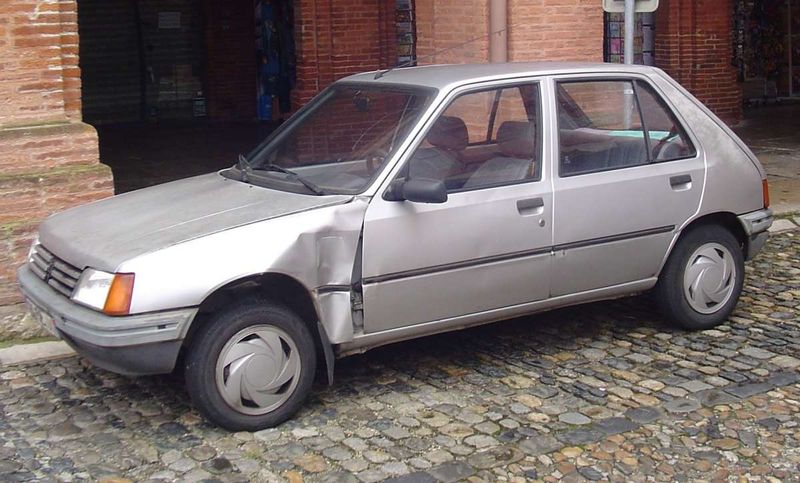
Saving Peugeot from financial ruin, the 205 roared onto European roads in 1983 with styling from Pininfarina and handling that put much pricier machines to shame.
Light, nimble, and impossibly chic, it became France’s automotive darling overnight. The GTI variant turned up the heat with 130 horsepower in a package weighing less than a modern motorcycle.
Rally versions dominated dirt tracks worldwide. Even base models possessed that indefinable French flair that made every trip to the grocery store feel like a fashion statement.
8. Volkswagen Beetle
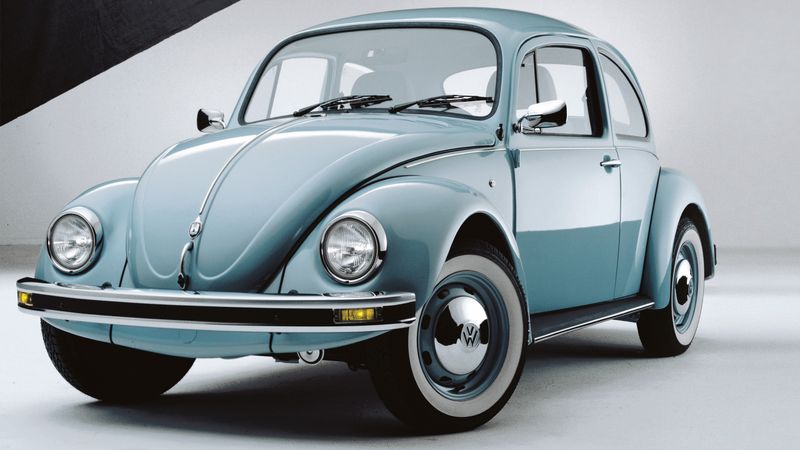
Ferdinand Porsche’s people’s car outlived its controversial origins to become the world’s most recognizable automobile.
That distinctive round shape housed a noisy air-cooled engine in the back and absolutely zero modern conveniences—yet somehow captured hearts worldwide.
Hippies embraced it, Hollywood immortalized it, and German engineering kept it chugging along decades past its expiration date.
The simple mechanics meant anyone with basic tools could keep one running. Over 21 million were produced across an astonishing 65-year production run.
9. Volkswagen Golf Mk1
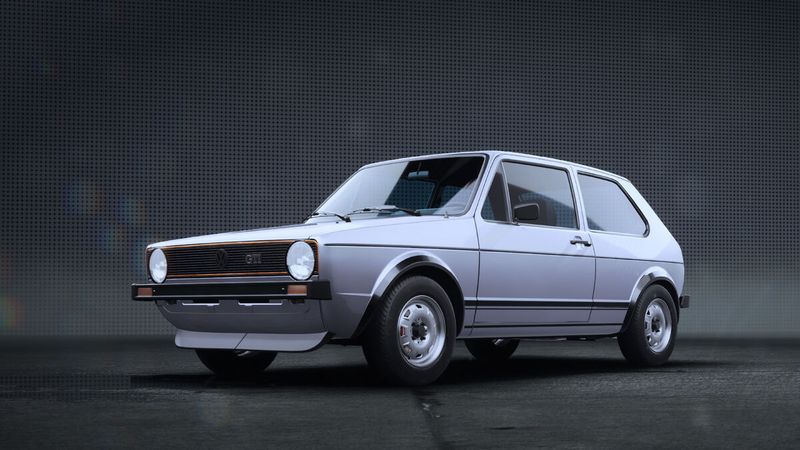
When Volkswagen needed to replace the aging Beetle, they turned to Italian designer Giorgetto Giugiaro, who delivered automotive perfection in 1974.
The Mk1 Golf (sold as the Rabbit in America) established the template for modern hatchbacks with its crisp lines and practical versatility.
The GTI variant created an entirely new category—the hot hatchback—offering sports car performance in a practical package.
Front-wheel drive and folding rear seats made it the perfect all-rounder. Nearly five decades later, its eighth generation still dominates European sales charts.
10. Saab 96
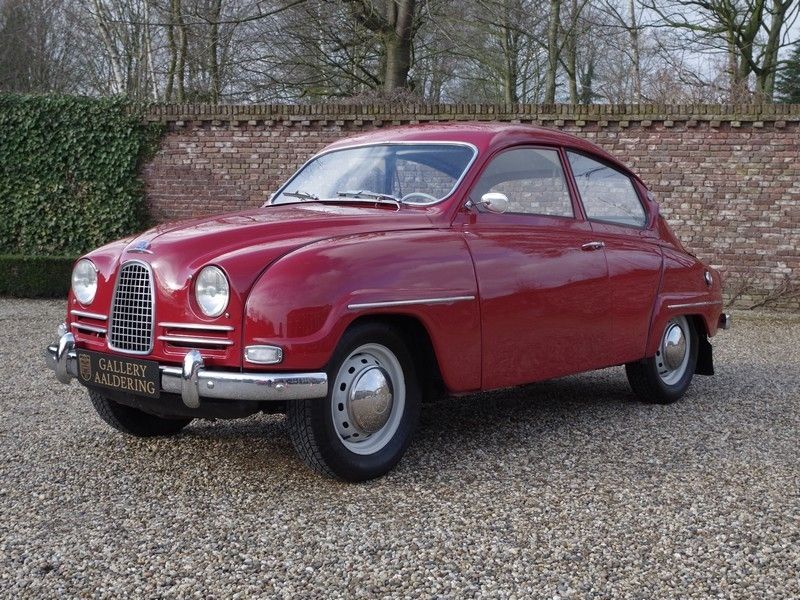
Born from jets! Sweden’s aeronautical expertise translated perfectly to this aerodynamic oddball.
The 96’s teardrop shape and aircraft-inspired cockpit made perfect sense coming from a company better known for fighter planes than family cars.
Early versions featured three-cylinder two-stroke engines that required owners to mix oil with fuel. Later V4 models offered more conventional motoring.
Rally driver Erik Carlsson repeatedly proved its capabilities by winning the Monte Carlo Rally. The column-mounted gearshift and freewheeling clutch confused first-time drivers but delighted Saab enthusiasts.
11. BMW 2002
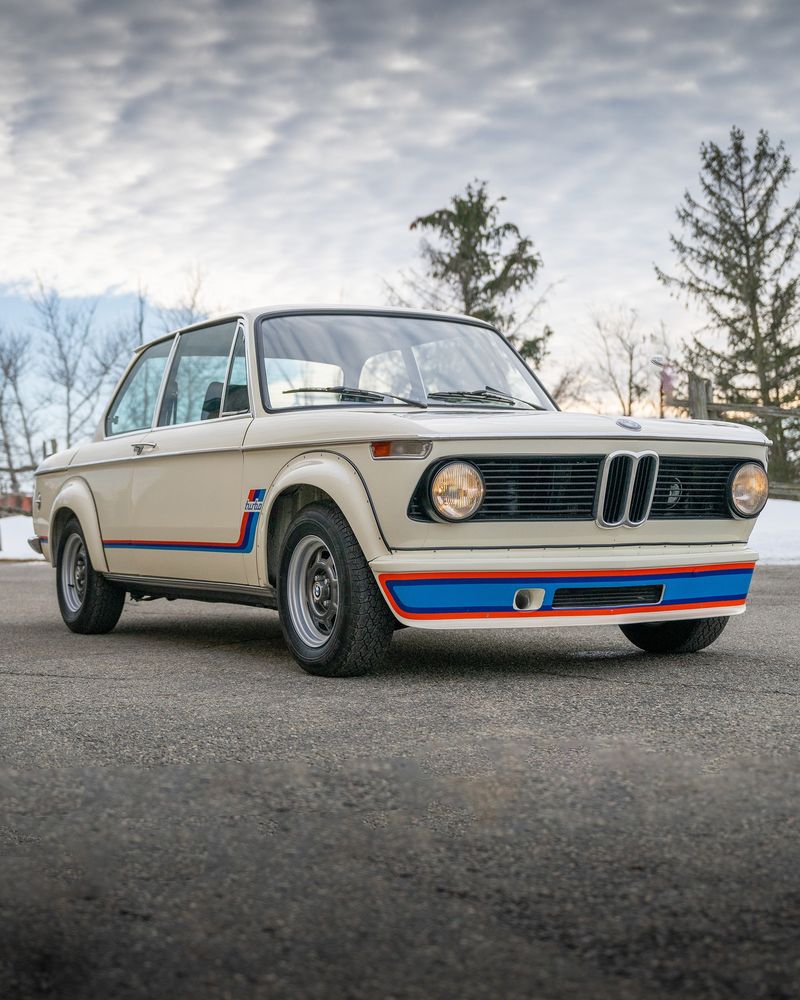
Sporty sedans owe everything to this boxy Bavarian. Before the 2002 arrived in 1966, BMW was flirting with bankruptcy, producing either boring economy cars or unaffordable luxury barges.
This compact performer changed everything with its perfect balance of power, handling, and everyday usability. The 2002 Turbo became Europe’s first turbocharged production car.
Those iconic round headlights and sharply creased bodywork influenced five decades of BMW design. Without this humble two-door, there would be no 3-Series and possibly no BMW as we know it today.
12. BMW Isetta

Imagine a refrigerator with wheels and you’ve basically pictured BMW’s egg-shaped microcar. The entire front end swung open like a door, forcing drivers to exit directly into traffic!
Inside, a bench seat barely accommodated two adults pressed shoulder to shoulder. Powered by a motorcycle engine, the Isetta sipped fuel while puttering along at modest speeds.
BMW’s bubble car saved the company from financial ruin in the 1950s, selling over 160,000 examples.
Steve Urkel later made it famous on American television, cementing its status as history’s most adorable BMW.
13. Lancia Fulvia
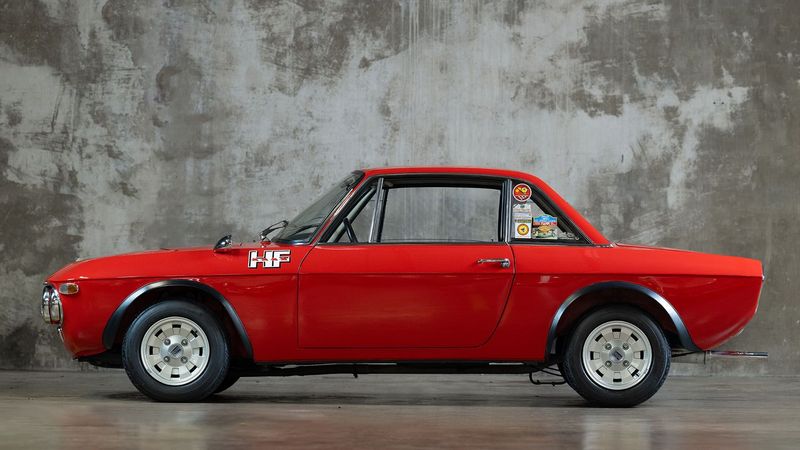
Mechanical jewelry masquerading as transportation! The Fulvia coupe combined Italian style with genuinely innovative engineering when it debuted in 1965.
Its narrow-angle V4 engine was mounted well forward of the front wheels, creating unique handling characteristics and an unmistakable mechanical symphony.
Rally versions dominated European motorsports in the late 1960s. The interior featured wood, leather, and metal instead of plastic—a rolling testament to Italian craftsmanship.
Despite its delicate appearance, the Fulvia proved surprisingly robust, with many examples still gliding through Italian mountain passes today.
14. Alfa Romeo Giulia Sprint
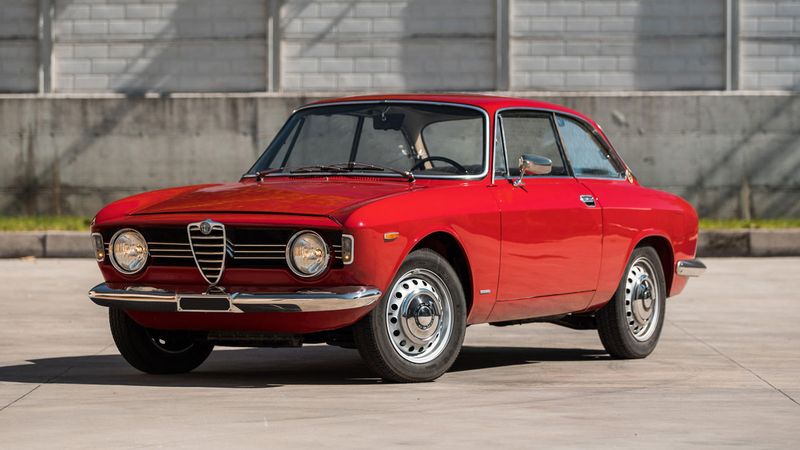
Bertone’s masterpiece! This delectable coupe combined breathtaking beauty with genuine performance when it arrived in 1963.
The lightweight body housed Alfa’s legendary twin-cam engine—an aluminum marvel that revved with operatic enthusiasm and responded to driver inputs like a thoroughbred racehorse.
The step-front design became instantly iconic. Racing versions dominated touring car championships throughout Europe.
Even basic models offered genuine 100mph performance—remarkable for the era.
Rust claimed many examples, making survivors increasingly valuable collector items that still quicken the pulse of any true automotive enthusiast.
15. Alfa Romeo Alfasud
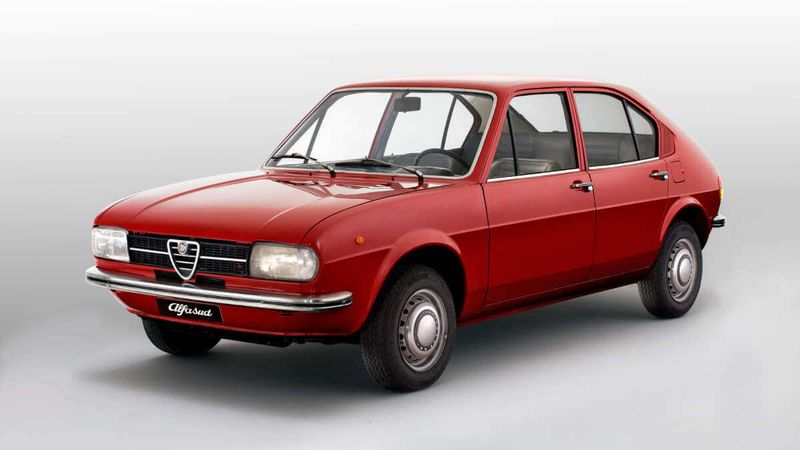
Flat-four fury in a front-wheel-drive package! Alfa’s first compact family car revolutionized the segment in 1971 with handling that embarrassed sports cars costing three times as much.
The boxer engine provided a distinctive burble and kept the center of gravity impressively low. Built in a new factory in southern Italy (hence the ‘sud’ suffix), quality control proved somewhat optional.
Rust protection was virtually nonexistent—many dissolved after just a few Italian winters. Those that survived provided their owners with an economy car that thought it was a Ferrari.
16. Simca 1000
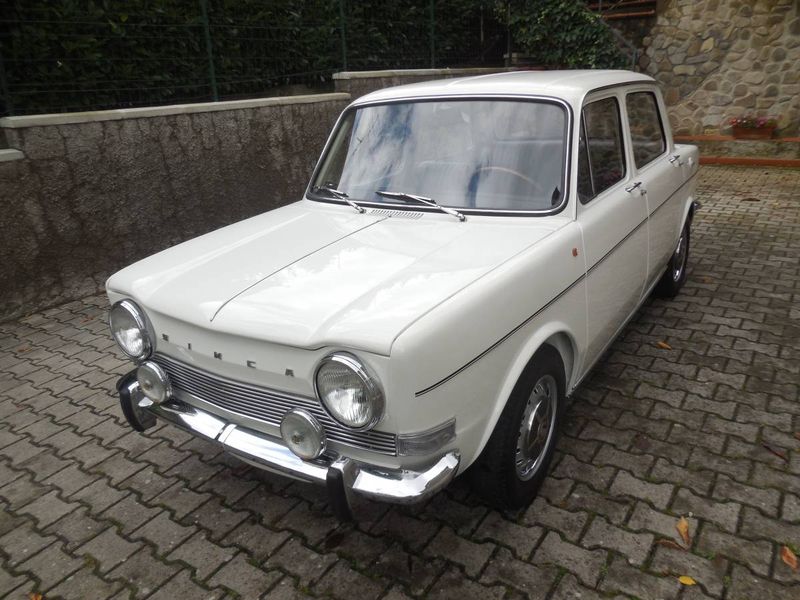
France’s answer to the Volkswagen arrived in 1961 with Fiat-inspired engineering and distinctively Gallic styling.
The rear-engine layout created interesting handling characteristics—particularly in wet conditions when the light front end would attempt to overtake the heavy rear.
Rally versions packed surprising punch with modified engines. The Rallye 2 became a giant-destroyer in European motorsport.
Regular models served as faithful family transportation across France for decades. The squared-off design aged remarkably well, maintaining a certain chic appeal long after production ended in 1978.
17. Austin A40
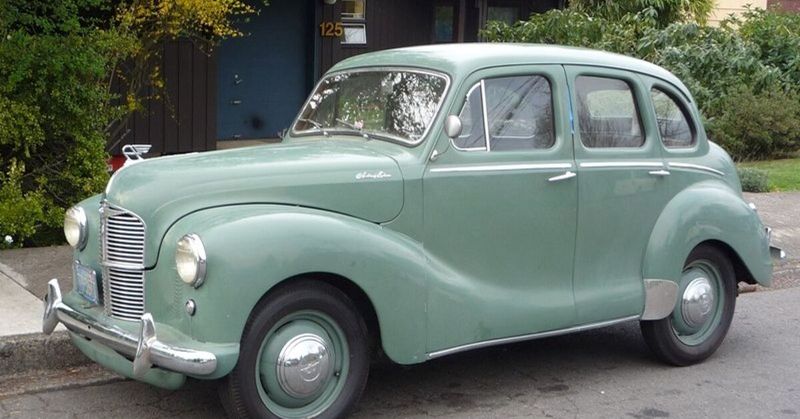
Britain’s first proper attempt at a modern hatchback arrived in 1958 wearing crisp Italian styling from Pininfarina.
The A40 Farina (as it was known) looked like nothing else on UK roads, with its clean lines and split rear tailgate—a precursor to today’s hatchback design.
Under the hood lurked BMC’s venerable A-Series engine, later famous in the Mini. The interior offered genuine comfort for four adults despite the compact exterior dimensions.
Country versions featured faux wood paneling, creating Britain’s smallest station wagon—perfect for picnics in the countryside.
18. Triumph Herald
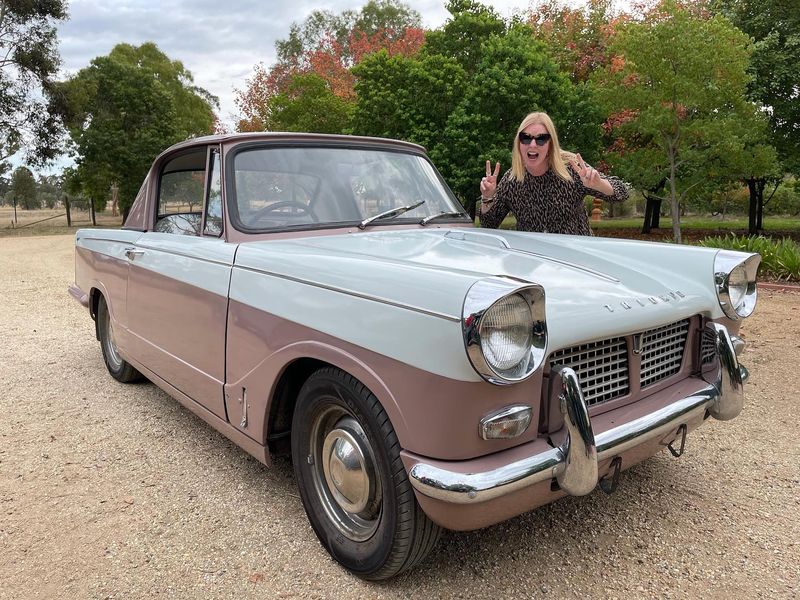
Swing open that entire front end! The Herald’s party trick involved the complete bonnet, fenders, and grille swinging forward as one piece, providing unparalleled access to the engine bay.
Giovanni Michelotti’s styling looked decidedly upmarket compared to its British contemporaries when launched in 1959.
The separate chassis construction was outdated but allowed for numerous body styles including coupes, convertibles, and estates. Its incredibly tight turning circle made parking a breeze.
The rear swing-axle suspension provided, shall we say, exciting handling characteristics that kept drivers thoroughly engaged on twisty roads.
19. MG Midget
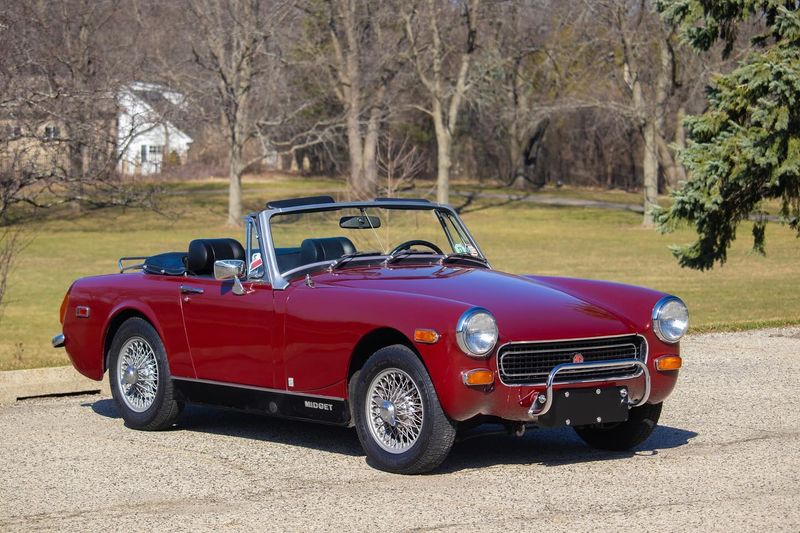
Honey, I shrunk the sports car! The diminutive Midget revived a name from MG’s past when it debuted in 1961 as an even smaller alternative to the already compact MGB.
Essentially a rebadged Austin-Healey Sprite, this tiny roadster packed massive fun into a package just over 11 feet long.
Early versions featured quirky “frogeye” headlamps and a distinctive curved rear. Later models gained roll-up windows and more conventional styling.
Throughout its 18-year production run, the Midget remained true to its mission: delivering open-air thrills at an accessible price point.
20. Hillman Imp
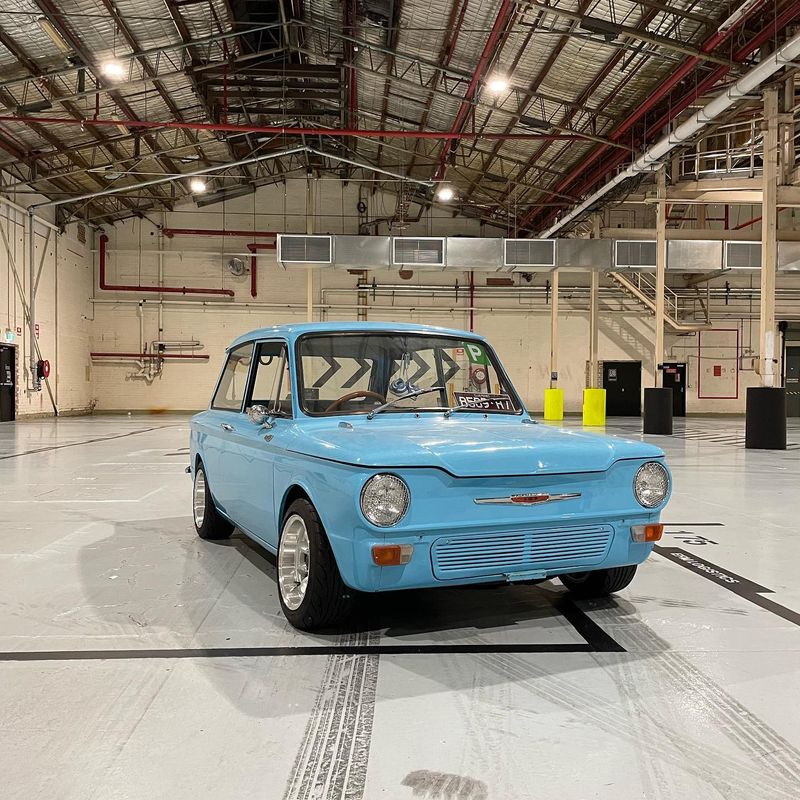
Coventry’s answer to the Mini came with its engine in the wrong end!
The Imp’s rear-mounted aluminum powerplant was derived from a Sunbeam motorcycle design, giving it a distinctive eager character and impressive performance for its size.
The opening rear window created a proto-hatchback decades before that became fashionable. Unfortunately, rushed development led to reliability issues that damaged its reputation.
Racing versions proved surprisingly competitive, especially in hillclimb events. Today, surviving examples are cherished by enthusiasts who appreciate its innovative engineering and cheeky character.
21. Vauxhall Chevette
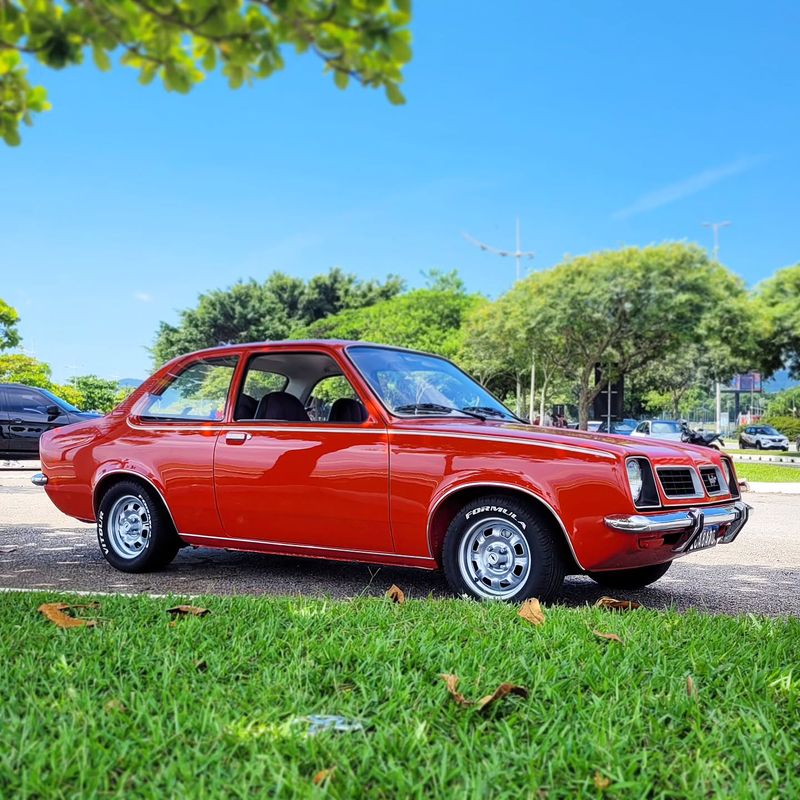
Britain’s first attempt at a modern hatchback wore a distinctively aggressive face when it launched in 1975.
The “droopsnoot” front end gave even base models a sporting appearance that belied their humble Vauxhall origins and modest performance capabilities.
The rear-wheel-drive layout made it a rarity among small European hatchbacks. Rally versions in HS and HSR trims became legitimate competition machines.
For ordinary British families, the Chevette represented affordable, stylish transportation during the economically challenging late 1970s. The “Shove It” nickname became an affectionate term among owners.
22. DAF 33
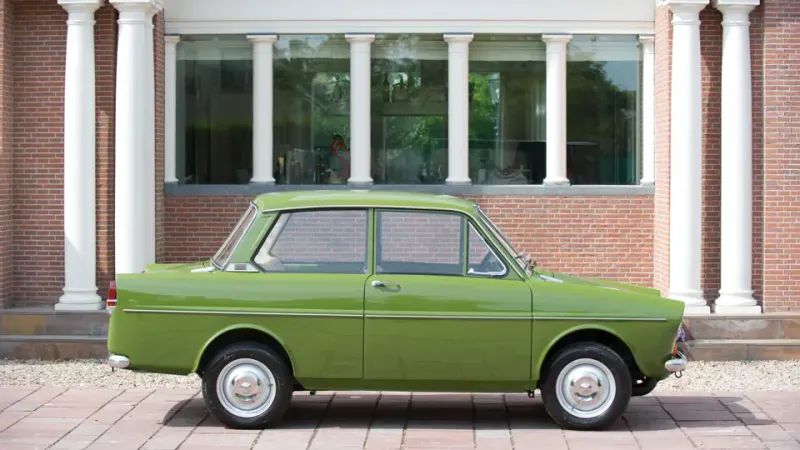
Holland’s automotive pride featured the strangest transmission ever fitted to a production car.
DAF’s continuously variable Variomatic belt-drive system meant this tiny Dutch oddball could drive backward as fast as it could go forward—making it the undisputed reverse racing champion of the world!
The 33 continued DAF’s tradition of quirky engineering when it arrived in 1967. The air-cooled flat-twin engine produced modest power but sounded distinctively enthusiastic.
These mechanical curiosities found favor with elderly drivers who appreciated the automatic transmission at a time when such luxuries were rare in small European cars.
23. Autobianchi A112
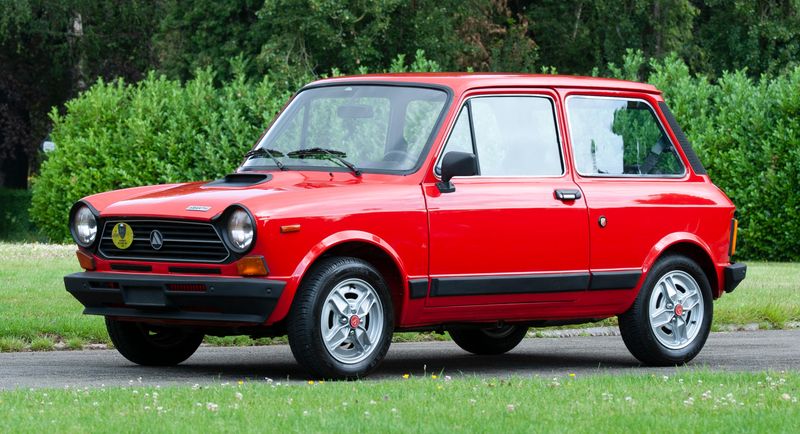
Fiat’s experimental division created this stylish supermini in 1969 as a more upmarket alternative to the 500.
The A112 pioneered the tall-boy design that maximized interior space within a tiny footprint—a concept later popularized by Japanese kei cars.
The Abarth sporting versions became legitimate pocket rockets with their tuned engines and distinctive exhaust notes. Young Italian drivers modified them extensively for rallying and hillclimbs.
Despite sharing mechanicals with Fiats, the Autobianchi badge carried extra prestige, making it the thinking person’s choice for fashionable urban transportation throughout the 1970s.
24. NSU Prinz
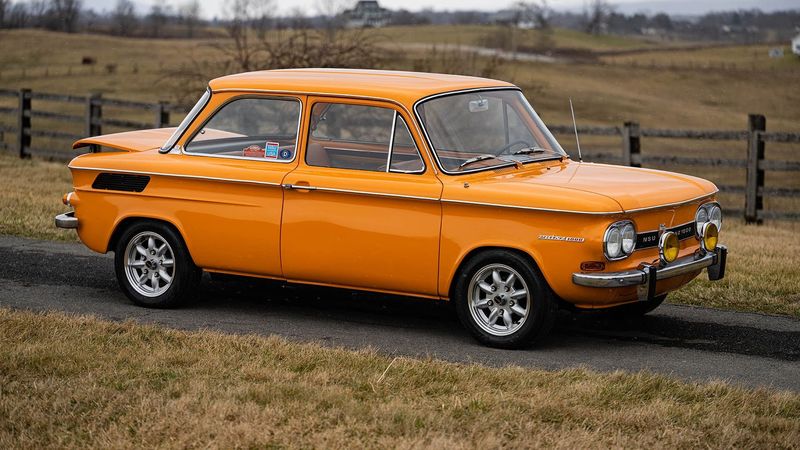
Motorcycle manufacturer NSU’s venture into car production yielded this air-cooled microcar with more than a passing resemblance to America’s Chevrolet Corvair.
The Prinz 4 of 1961 packed its noisy rear-mounted engine into a body barely 11 feet long. German engineering ensured excellent build quality despite its budget positioning.
The TT and TTS sporting variants became giant-destroyers on European racing circuits, with their high-revving engines producing remarkable power for their size.
Before being absorbed by Volkswagen, NSU pioneered rotary engine technology that would later appear in their revolutionary Ro80 sedan.
25. Skoda 100
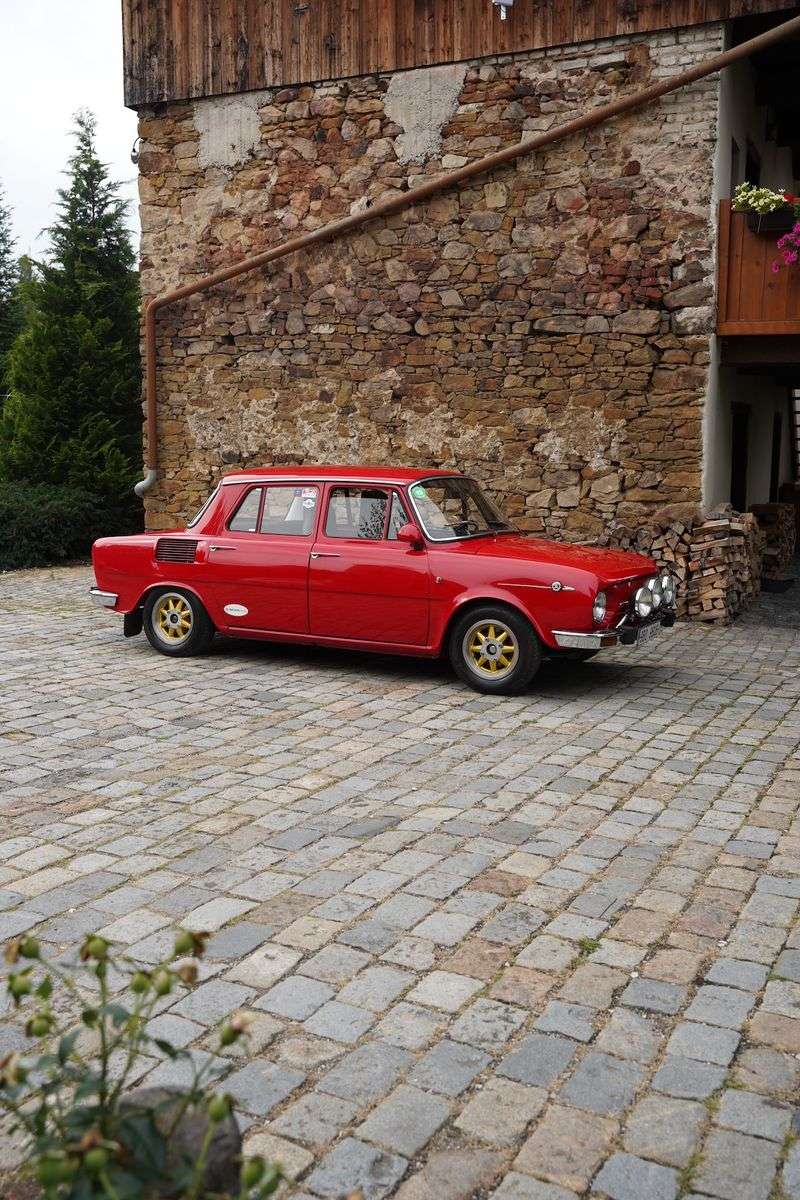
Behind the Iron Curtain, Czechoslovakia’s Skoda created surprisingly competent rear-engined family cars.
The 100 series arrived in 1969 with clean-lined styling that wouldn’t have looked out of place from Western European manufacturers—quite an achievement given the constraints of communist production methods.
Rally versions proved remarkably capable on international stages. The rear-mounted engine provided excellent traction in snowy conditions.
Build quality varied wildly, but mechanical simplicity meant repairs were straightforward.
These practical machines delivered honest transportation to Eastern Bloc families for whom car ownership was a significant luxury.
26. Zastava 750
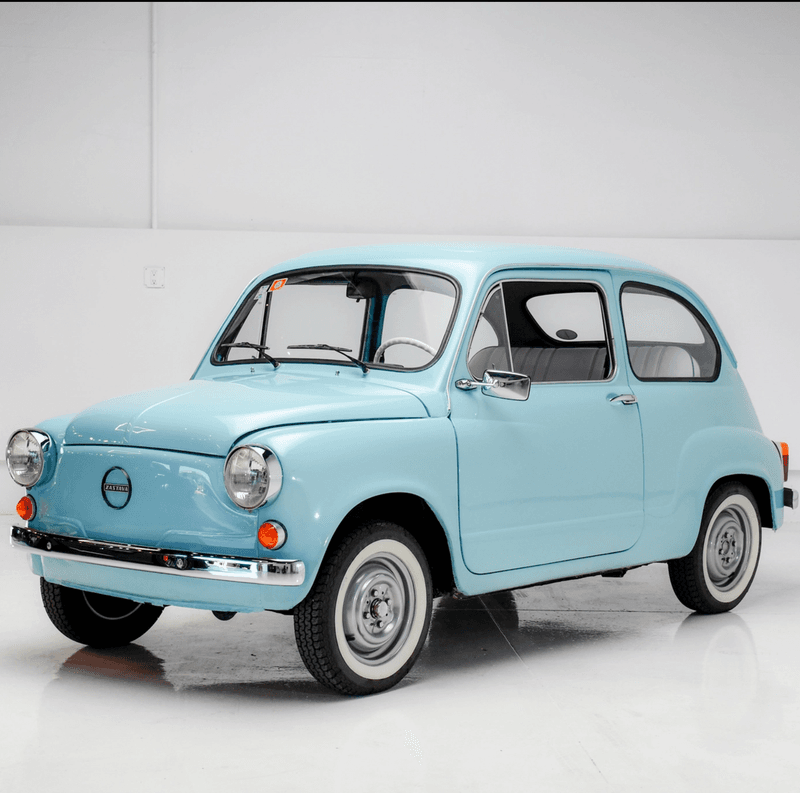
Yugoslavia’s automotive pride was essentially a licensed Fiat 600 built in the Zastava factory.
Affectionately nicknamed “Fica” by locals, this tiny rear-engined people’s car motorized the Balkans starting in 1955 and continued production remarkably until 1985.
Mechanical simplicity made it perfect for a region where spare parts could be scarce. The water-cooled rear engine provided reasonable reliability and adequate performance.
Communist party officials received larger imports, but everyday Yugoslavs developed genuine affection for these honest little cars that survived everything from mountain roads to political upheaval.
27. Seat 600
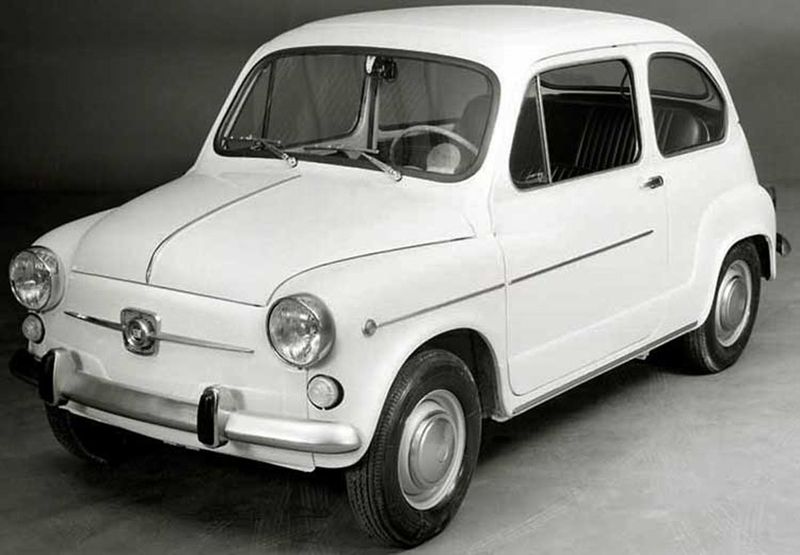
Spain’s economic miracle rode on four tiny wheels! Under Franco’s regime, SEAT licensed the Fiat 600 design and began producing their own version in 1957.
These rear-engined bubbles became the symbol of Spain’s growing middle class and newfound mobility. Entire families somehow squeezed inside for weekend escapes to the beach.
The distinctive sound of their air-cooled engines echoed through narrow Spanish streets for decades.
Production continued until 1973, by which time over 800,000 had been built. Today, they’re celebrated cultural icons representing Spain’s transition from isolation to European integration.
28. Wartburg 353
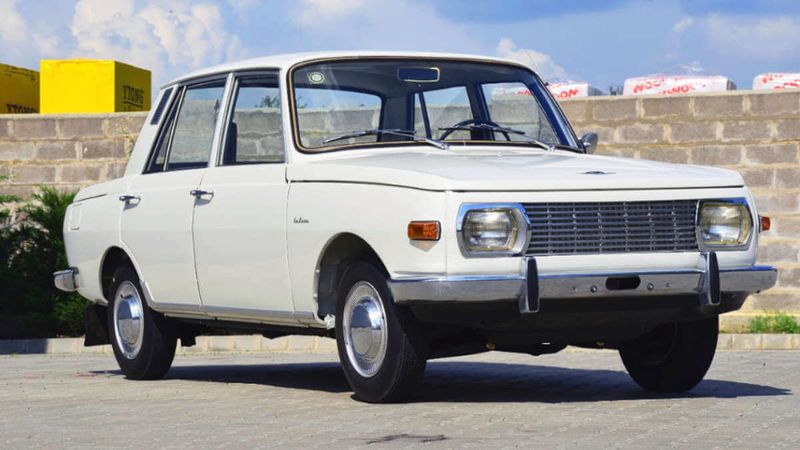
East Germany’s answer to premium transportation arrived in 1966 with styling that wouldn’t have looked out of place in Western showrooms.
Beneath that modern exterior lurked technology from a bygone era—a smoky two-stroke three-cylinder engine that announced its presence with a distinctive ring-ding-ding soundtrack.
The 353 (nicknamed “Knight” after the medieval castle) offered generous interior space and robust construction.
Waiting lists stretched for years in East Germany. Despite crude engineering by Western standards, these durable machines served their owners faithfully for decades.
The blue exhaust smoke became their unmistakable calling card in Eastern Bloc traffic.
29. Moskvitch 408
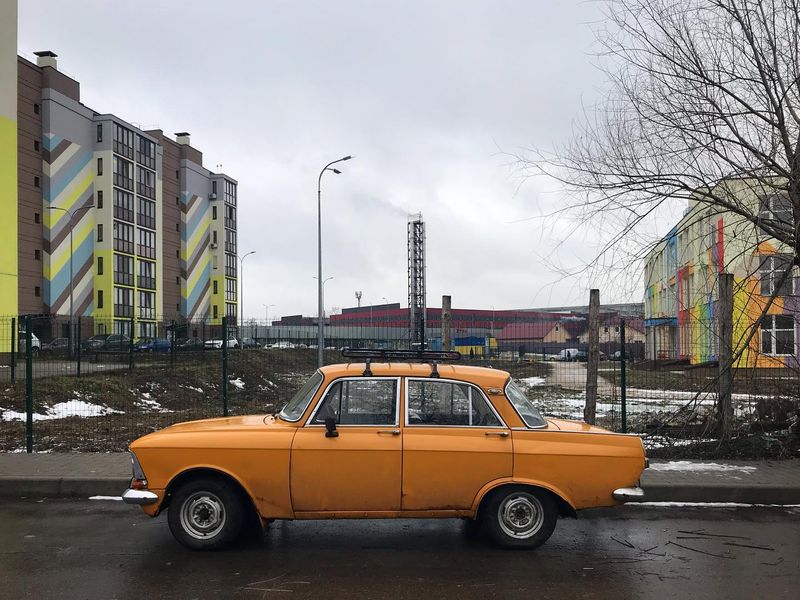
Boxy, belligerent, and built like a Soviet tank, the Moskvitch 408 was Russia’s answer to family motoring during the Cold War.
Manufactured from 1964 to 1975, this stubborn little sedan had all the charm of a military boot but twice the personality.
Under its utilitarian hood lurked a 1.4-liter engine that somehow managed 50 horsepower – roughly equivalent to a modern lawn mower, but with significantly more attitude.
Despite its humble performance figures, the 408 exported successfully to 70 countries.
30. Volvo PV544
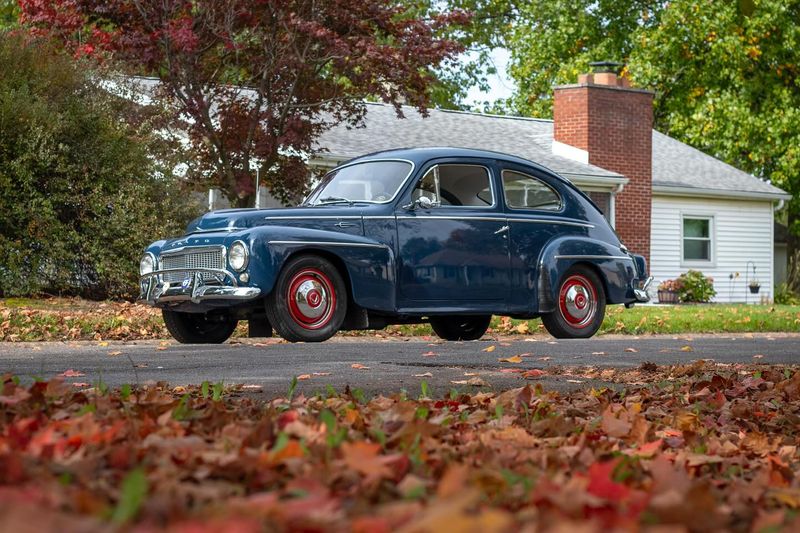
Grandma’s favorite cookie might be tougher than this Scandinavian survivor!
The Volvo PV544 rocked a distinctive 1940s profile well into the 1960s, earning the affectionate nickname “the humpback whale” for its bulbous posterior.
Racing enthusiasts often overlook that this unassuming Swedish brick dominated European rallying, with its B18 engine delivering surprising punch in a lightweight body.
Volvo engineers obsessed over safety decades before it became fashionable, reinforcing the PV544 with steel that could withstand Swedish elk collisions.
31. Glas 1004

Long before BMW gobbled them up, Glas crafted the delightful 1004 – a spritely little machine that deserves more than its footnote status in automotive history.
Farmers knew Glas for agricultural equipment until this plucky upstart debuted in 1962, sporting clean lines and a peppy 992cc engine.
The 1004’s party trick? A belt-driven overhead camshaft – revolutionary tech for budget cars of the era.
German engineering packed surprising sophistication into this tiny package, including front disc brakes when most competitors still used drums all around.
32. Ford Anglia
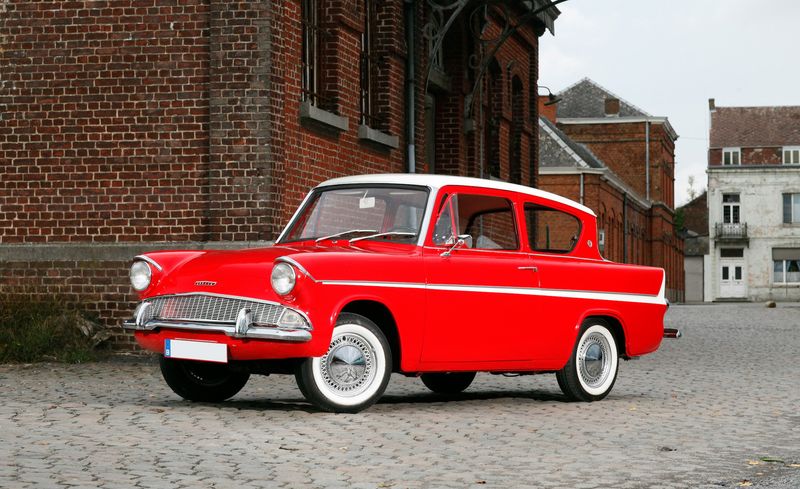
Before flying cars in wizarding movies, the Ford Anglia 105E cast its own kind of magic on British roads with that quirky backward-slanted rear window.
Launched in 1959, this plucky little Ford became the automotive equivalent of a cockney accent – distinctly British and impossible to ignore.
Kids today might recognize it from certain magical films, but car enthusiasts treasure the Anglia for pioneering the four-speed manual in affordable family cars.
The dashboard featured a speedo that glowed green at night – spooky illumination that delighted passengers.
33. Opel Kadett A
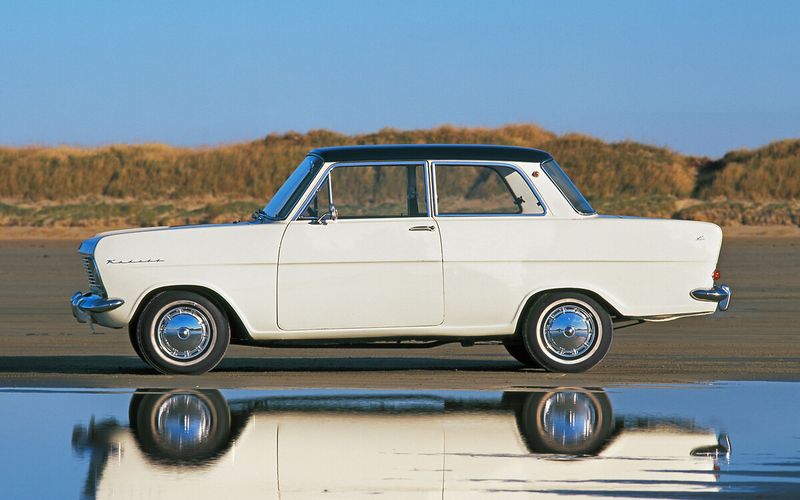
While that other German people’s car hogged the spotlight, the Opel Kadett A quietly revolutionized transportation for ordinary Germans.
Debuting in 1962, this perky challenger emerged from Opel’s massive new Bochum factory specifically built to create Volkswagen’s worst nightmare.
Weighing less than 1,500 pounds – lighter than some modern motorcycles – the featherweight Kadett squeezed surprising performance from its modest 40-horsepower engine.
General Motors ownership meant American styling cues adorned this distinctly European package, creating a transatlantic design fusion.
